Try variations of tagine, couscous, as well as unusual dishes like osban from the Maghreb region at a pop-up festival that celebrates North Africa
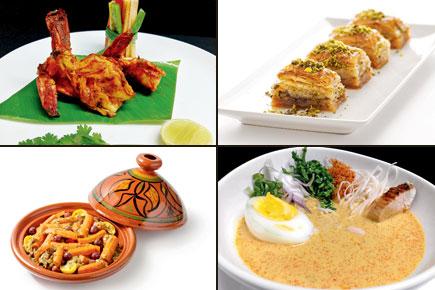
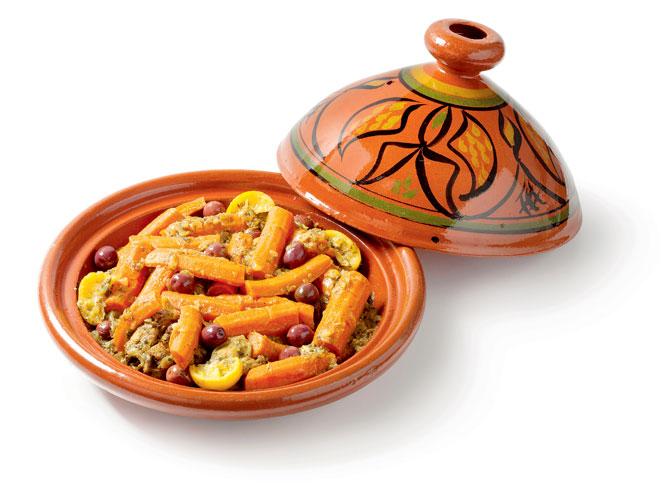
A Moroccan tagine made with chicken and carrots
Tagine, fragrant with the aromas of chicken, almonds and prunes; a salad filled with sticky, juicy figs and ripe olives; and a bowl of Fez-style couscous heaving with seven types of seasonal vegetables — you can savour these and other North African delicacies at an ongoing pop-up festival being held at Hotel Marine Plaza.
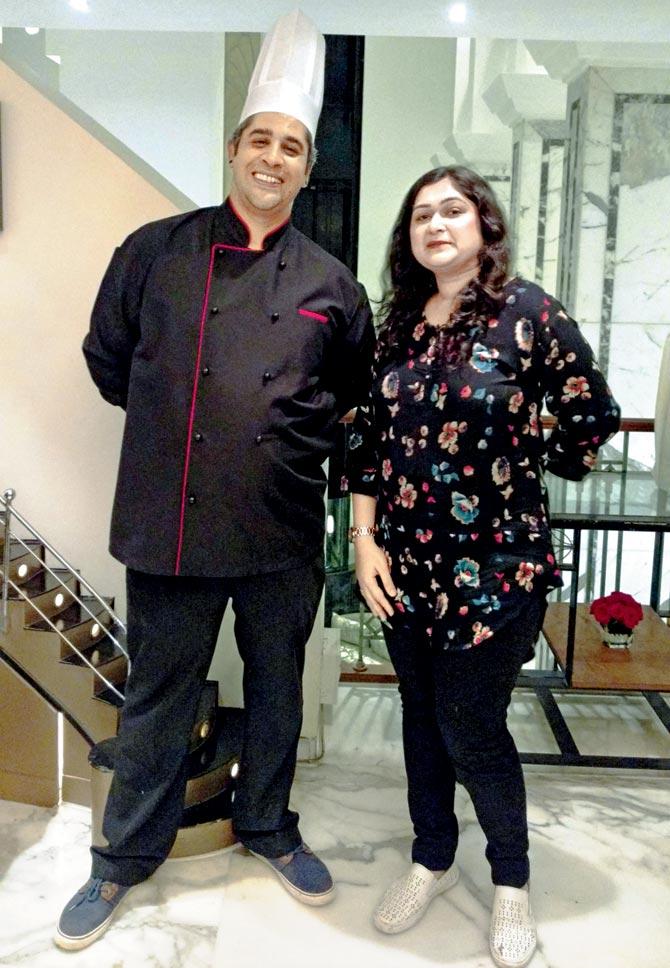
(Left) Chef Walid Bousnina
Chef Walid Bousnina, who has been working at popular standalone restaurants in Goa since 2013, is presenting dishes from Maghreb, the region of North Africa bordering the Mediterranean Sea, which includes Morocco, Algeria, Tunisia, and Libya. The chef, who hails from Tunisia, has also included a few dishes from Egypt on the already extensive buffet menu.
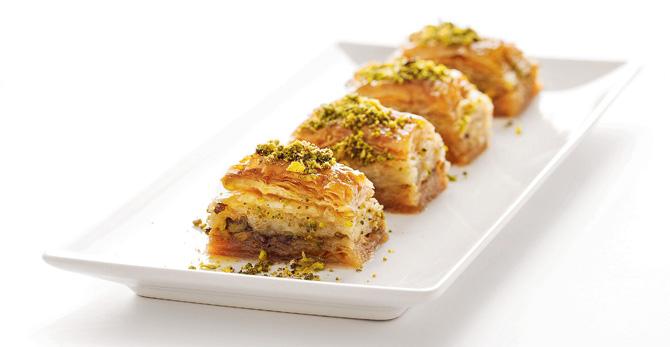
Baklawa
"There will, of course, be a few types of couscous (small steamed balls of semolina), which can be prepared in different ways, and by combining a variety of ingredients. There will also be various tagine preparations," says Bousnina.
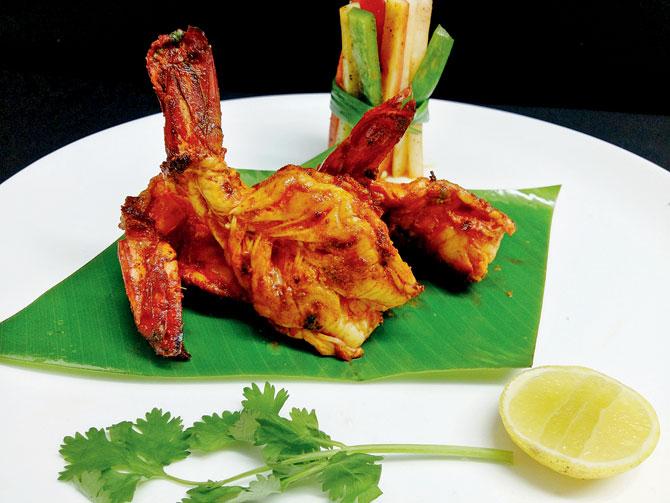
Roasted Chicken Chermoula
Among the more unusual dishes you can sample at the festival is the osban, which involves stuffing a lamb's stomach or intestine with rice, spinach, chopped liver, and herbs and spices, and letting it cure under natural sunlight for a week.

Bisara (Moroccan fava bean soup)
"The version being served here, however, will not be the cured kind. It will be made fresh and served with couscous," shares Bousnina.
"I will also be making a winter dish called barkoukech, which is traditionally supposed to be made using seven 'meats' (fish being one). However, since it's tough to find seven types, I'll be using three — chicken, mutton and grouper."
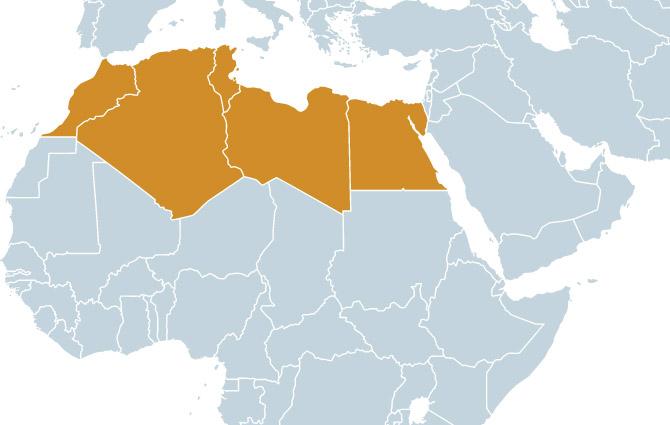
He reveals that although the food in each of these countries differs quite a bit, there are some common elements, like the abundant use of olive oil, fruits, nuts, and spices such as harissa in cooking.
When you're done with mains, you can tuck into an array of interesting desserts such as Rosewater Panna Cotta, Tunisian Orange Cake, and Baklawa.
Did you know?
- The tagine, a cooking vessel made of clay, is commonly used across North Africa, although the dishes and preparation methods vary widely. For instance, the Tunisian tagine is akin to a baked frittata featuring eggs, while the Moroccan version is a slow-cooked stew.
- Several types of oranges are grown in Tunisia, with the most popular being the Maltese orange. Due to the abundance of the tree, orange blossom water also features heavily in the region’s cuisine.
- There are over 200 ways of preparing a dish with couscous, a staple in the Maghreb region. You can use meats like chicken or lamb, or seafood, and any number of seasonal vegetables.
- While the northern parts of the region, being adjacent to the Mediterranean Sea, tend to use plenty of seafood in their cooking, the southern parts use game meats like rabbit, guineafowl, turkey, as well as lamb.
Culinary influences
- Muslim invaders brought exotic spices such as saffron, nutmeg, cloves and cinnamon to the region from the Spice Islands of eastern Indonesia.
- Olives (and olive oil) are a predominant part of North African cooking, and are believed to have been brought across the Mediterranean from Spain, along with fruits like oranges, plums and peaches.
- Zalabia, a North African dessert, is a variation of our very own jalebi, and possibly reached the far-flung Maghreb region thanks to the Turkish Ottomans, who are also credited with bringing with them other sweet pastries.
 Subscribe today by clicking the link and stay updated with the latest news!" Click here!
Subscribe today by clicking the link and stay updated with the latest news!" Click here!









